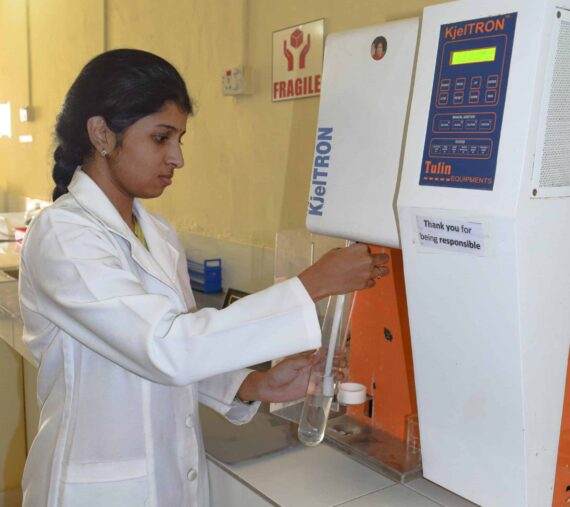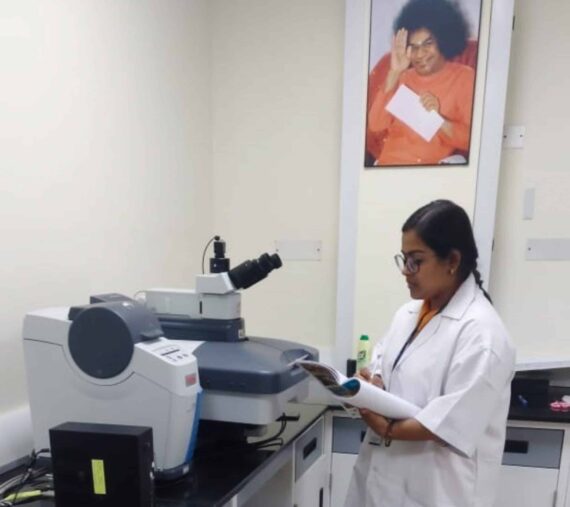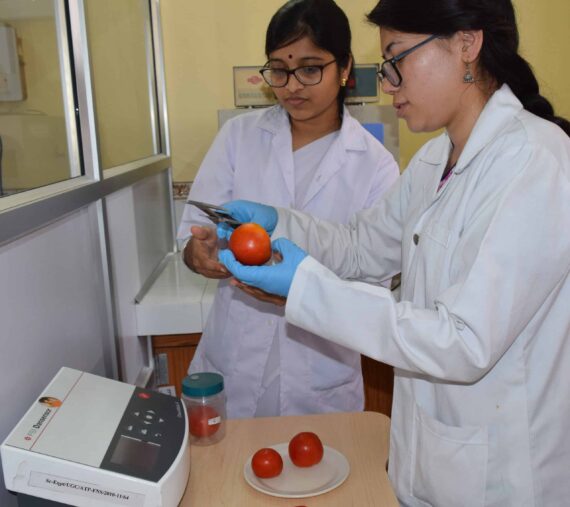Novel Functional Food Approaches for Disease Mitigation
Functional foods and nutraceuticals have emerged as alternate approaches with therapeutic and health benefits. The present work focuses on screening and identification of functional foods and nutraceutical ingredients through food metabolomic databases. Development of novel functional food products using evidence-based functional ingredients for the management of following conditions is being carried out using an integrated approach:
- Metabolic diseases such as diabetes and Gut health: The primary purpose of this research was to develop effective dietary interventions that can aid in the management and prevention of these conditions. This involved the creation of functional food products, such as an onion-based functional food mix and food products enriched with the developed health mix. These are being evaluated for delivering specific health benefits. Formulation and evaluation of onion based molecular gastronomic food products for diabetes and gut health were also carried out.
- Anti-inflammatory & anti-viral assessment of heritage rice varieties and development of gut friendly ayurvedic multi-therapeutic beverages was completed with promising results.
- Micronutrient malnutrition: Micronutrient fingerprinting of Indian heritage rice varieties and fortification studies are being carried out to address particularly iron and zinc deficiencies. Protein and mineral enriched pigmented rice based confectionery products have been developed with good sensory acceptability and product profile.





